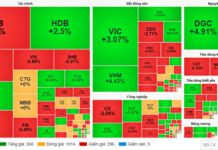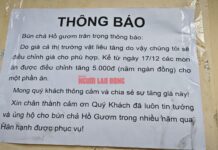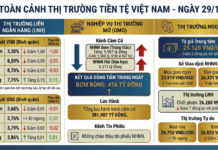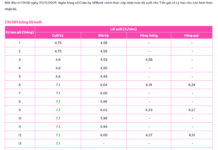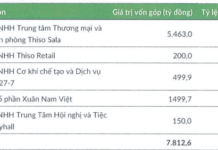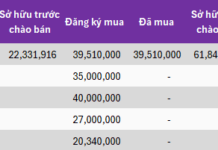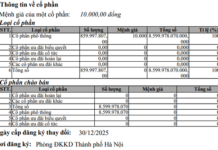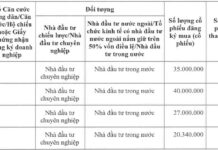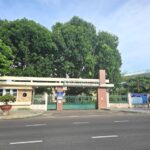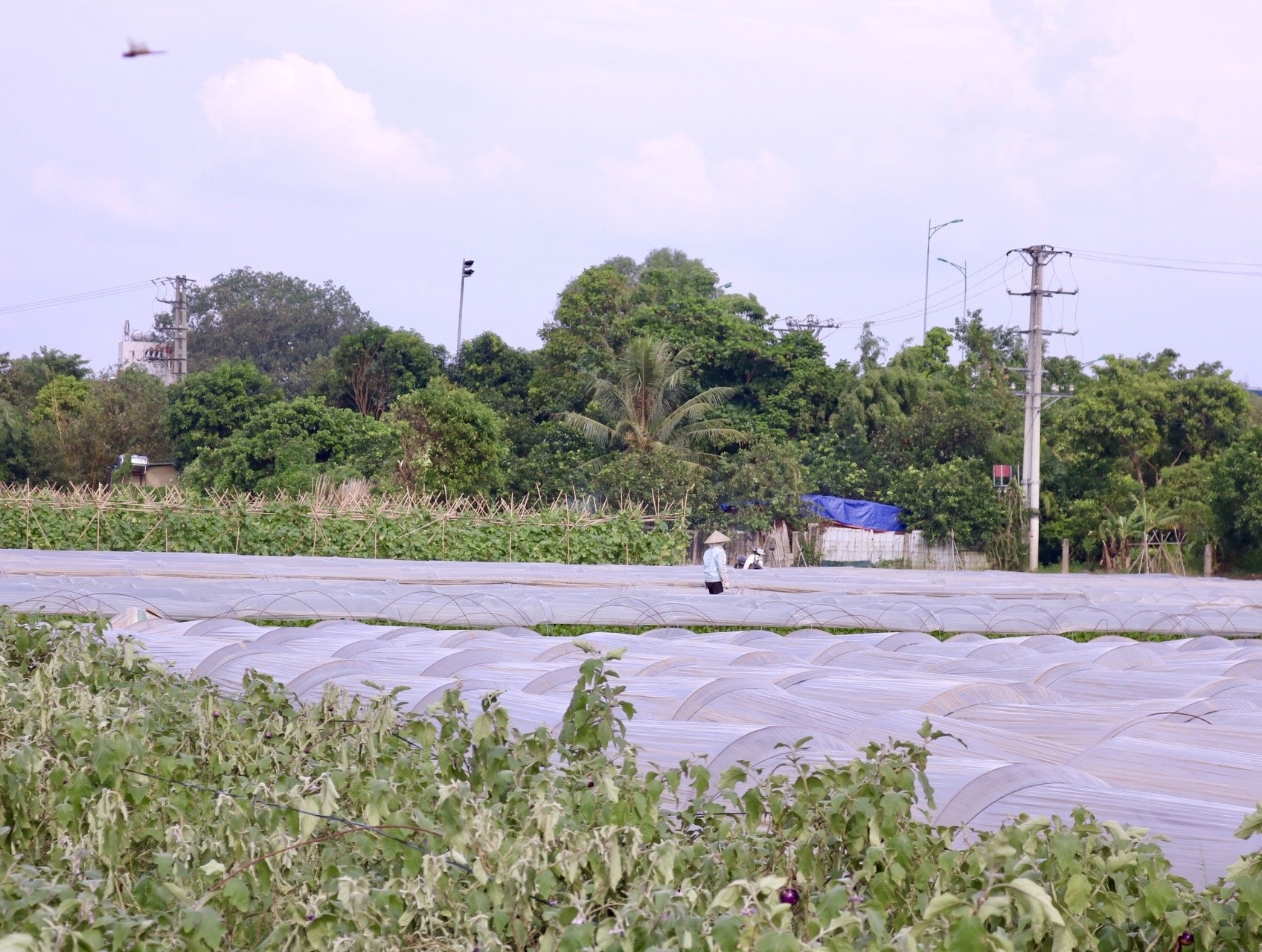
Due to the impact of Typhoon Yagi and its circulation, heavy and prolonged rainfall occurred in many areas of Hanoi, causing localized flooding and directly affecting the crops of local farmers.
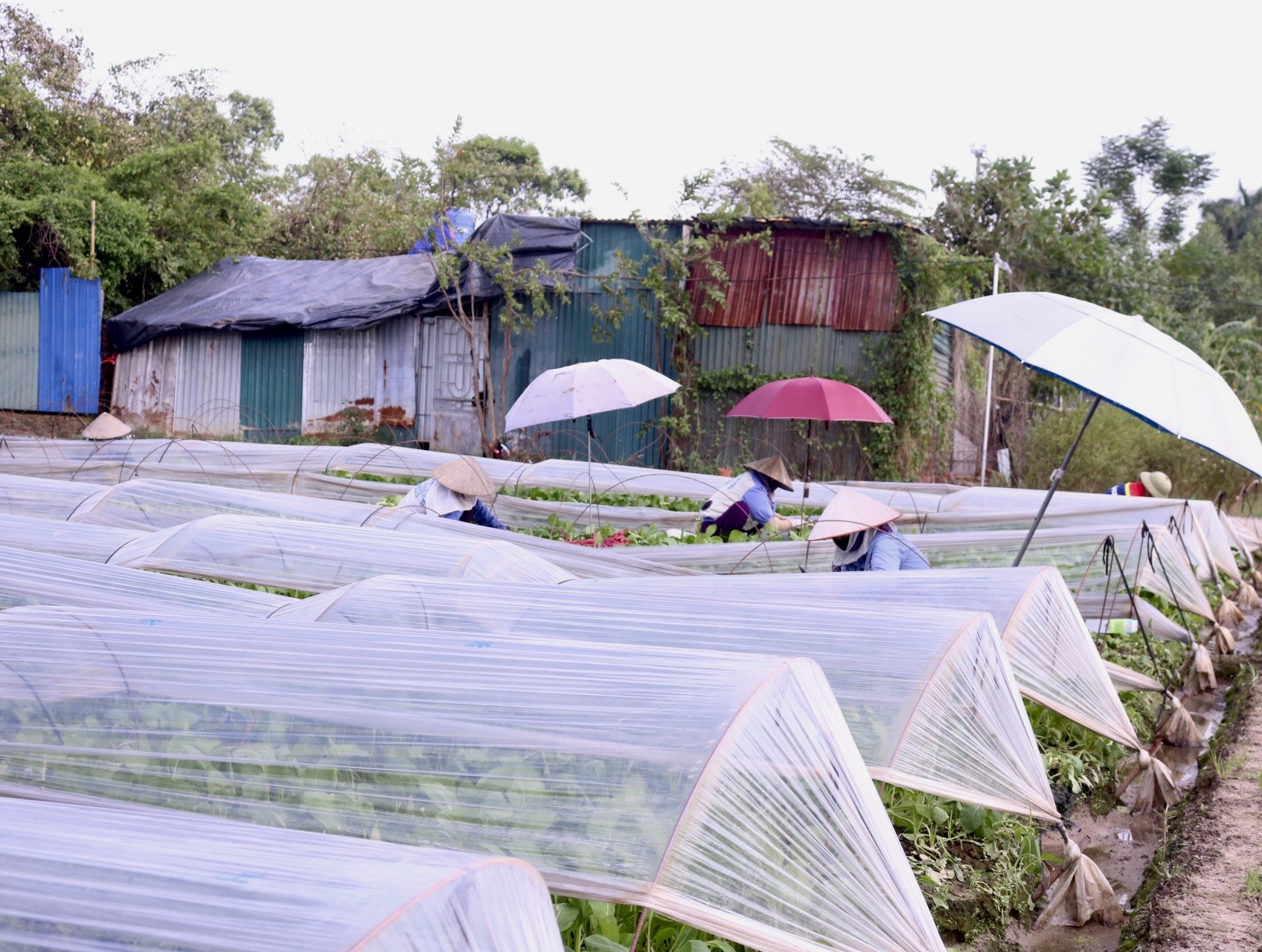
Me Linh district is considered one of the largest vegetable suppliers in Hanoi, playing a crucial role in ensuring a stable supply of fresh produce for the capital city’s market.
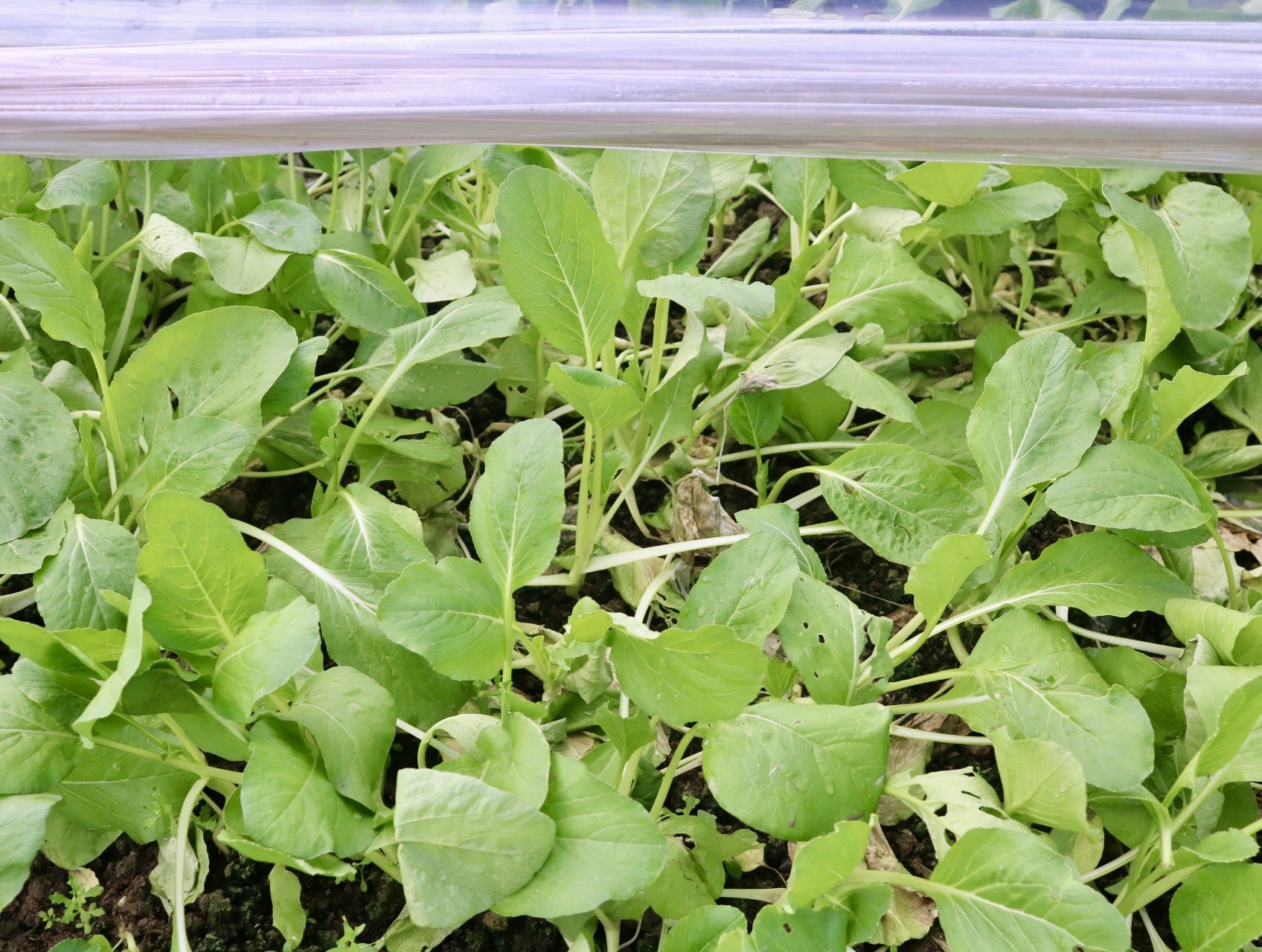
In the vegetable-growing areas of Tien Phong and Nam Hong communes in Me Linh district, a significant portion of the vegetable fields were damaged and destroyed by the storm.
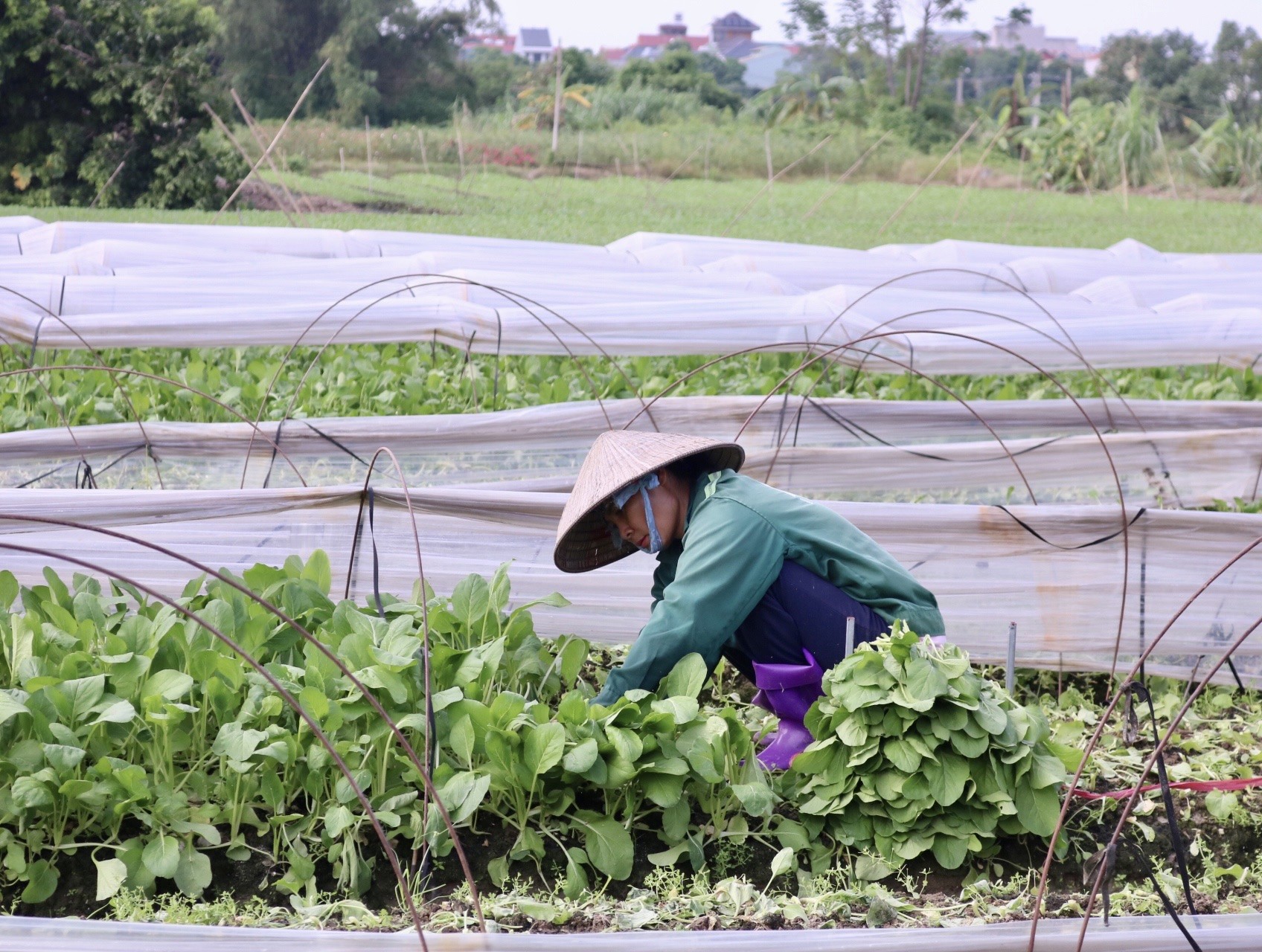
Do Thi Canh, a 52-year-old farmer from Tien Phong, shared that her family rents two sao of land in Nam Hong to grow sweet mustard greens. Typically, each sao can yield 7-8 tons per crop, but due to the recent storms, they could only harvest around 2 tons. While this area wasn’t flooded, the strong winds caused extensive damage, and the prolonged heavy rains waterlogged the soil, forcing an early harvest to salvage what they could.

Nguyen Thi Hop, also from Tien Phong, shared that her family cultivated around 3 sao of land in the area, but the storm destroyed most of their crops. They managed to salvage a few tons before the damage worsened, and she now works as a hired harvester for other farmers. The price of vegetables has increased due to the storm, with garden greens selling for 10,000 VND/kg, and peaking at 14,000-15,000 VND/kg on September 11th.
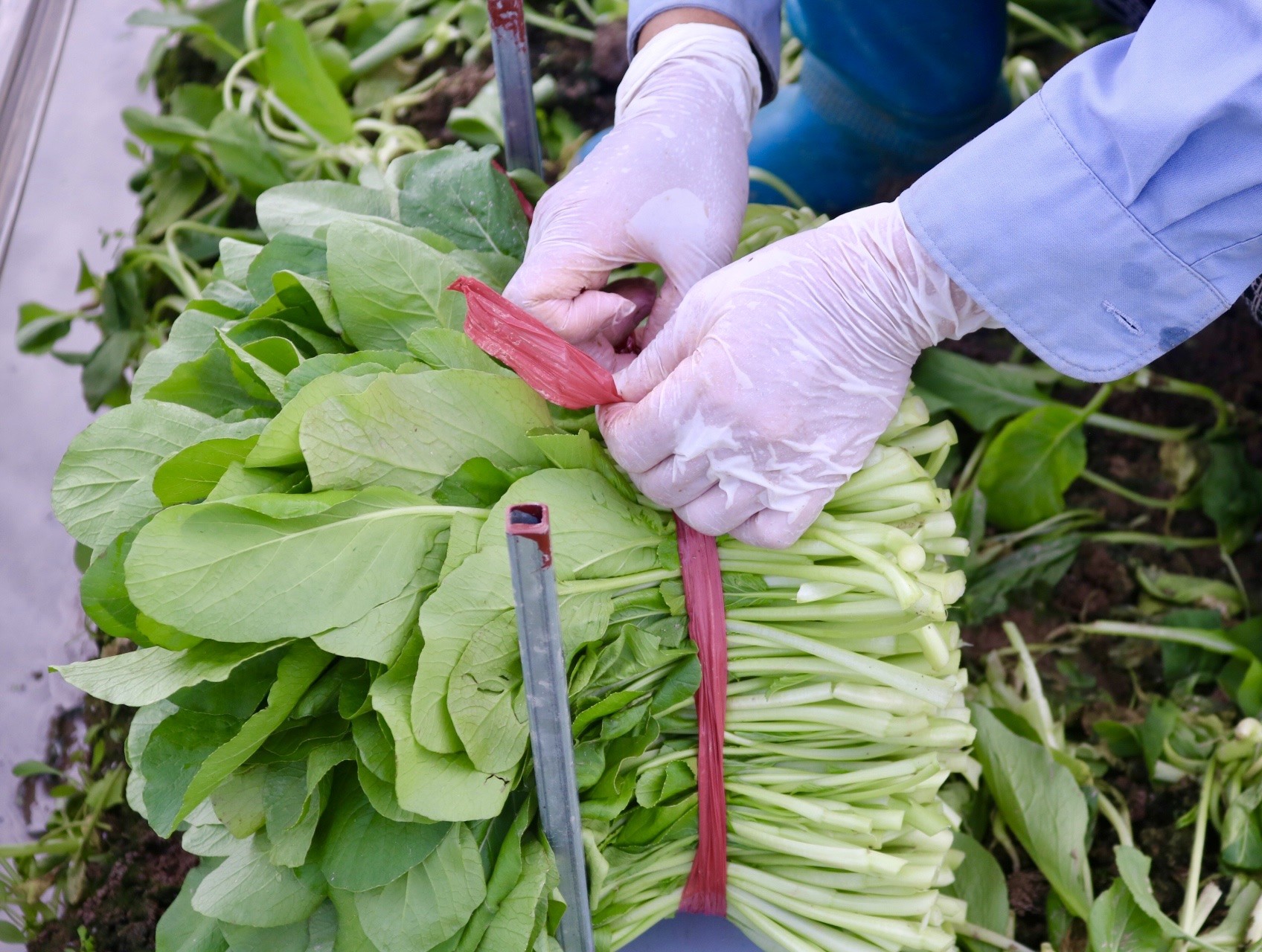
According to local farmers, the cost of seeds has tripled. A package of seeds that previously cost 15,000 VND now costs 65,000 VND, and one sao requires three packages. Additional expenses for pesticides, fertilizers, and labor further increase the overall cost. In such situations, farming results in losses rather than profits, as shared by Ms. Canh.
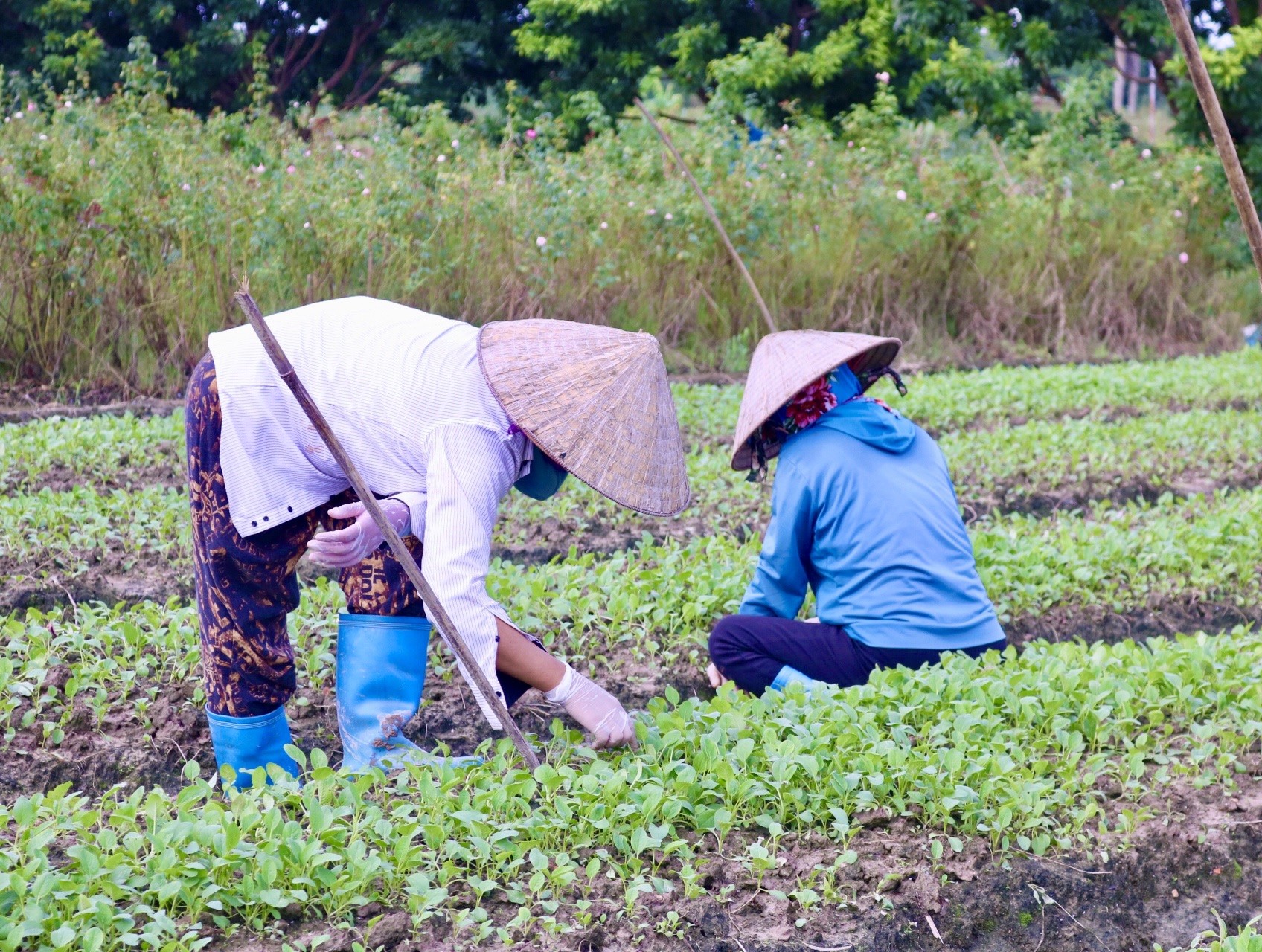
In the fields where the plants are still young, farmers are removing damaged and weak ones to give space for the healthier ones to grow. “We’re just hoping that the remaining plants will survive,” shared Ms. Thanh, a local farmer.
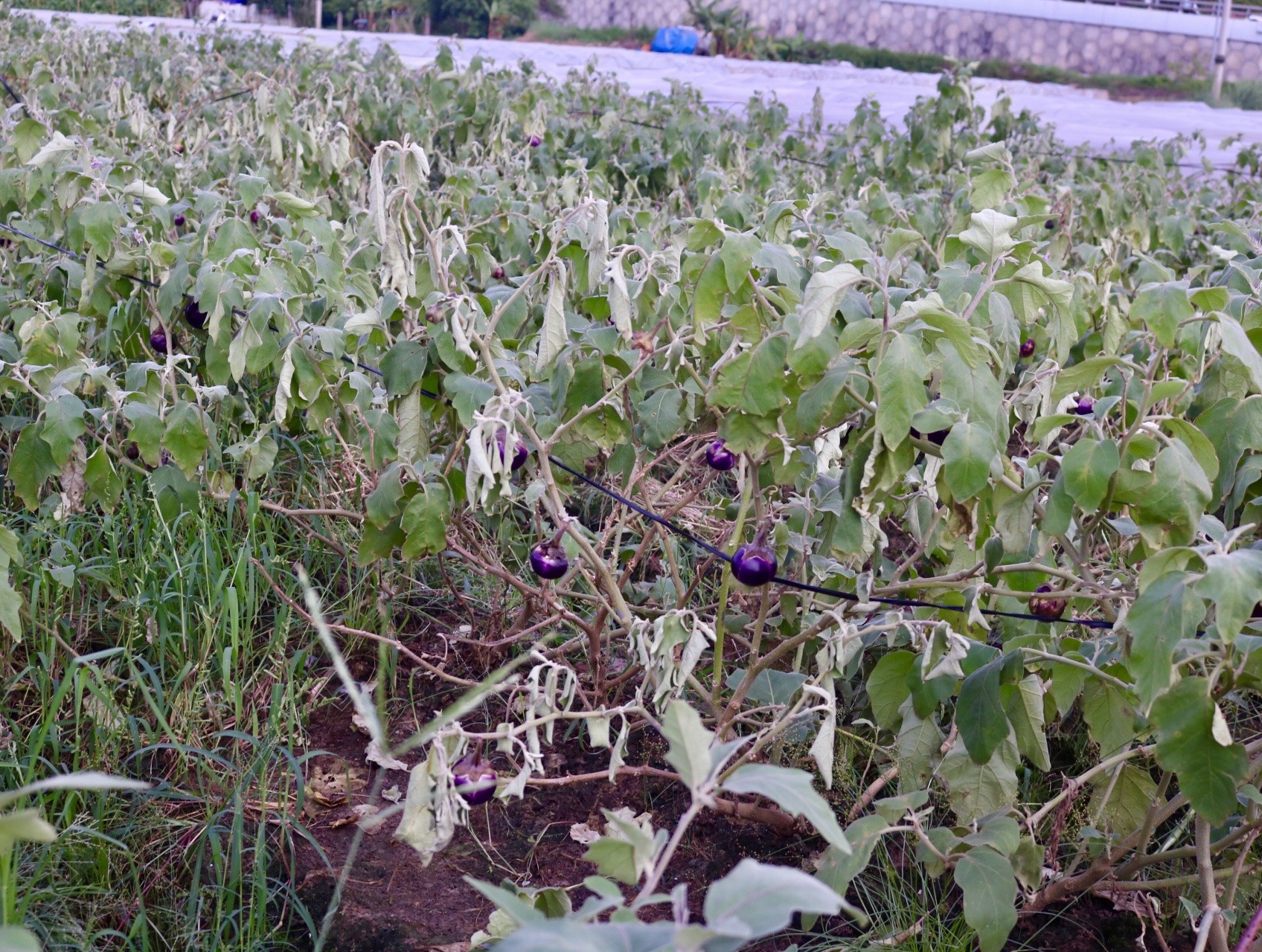
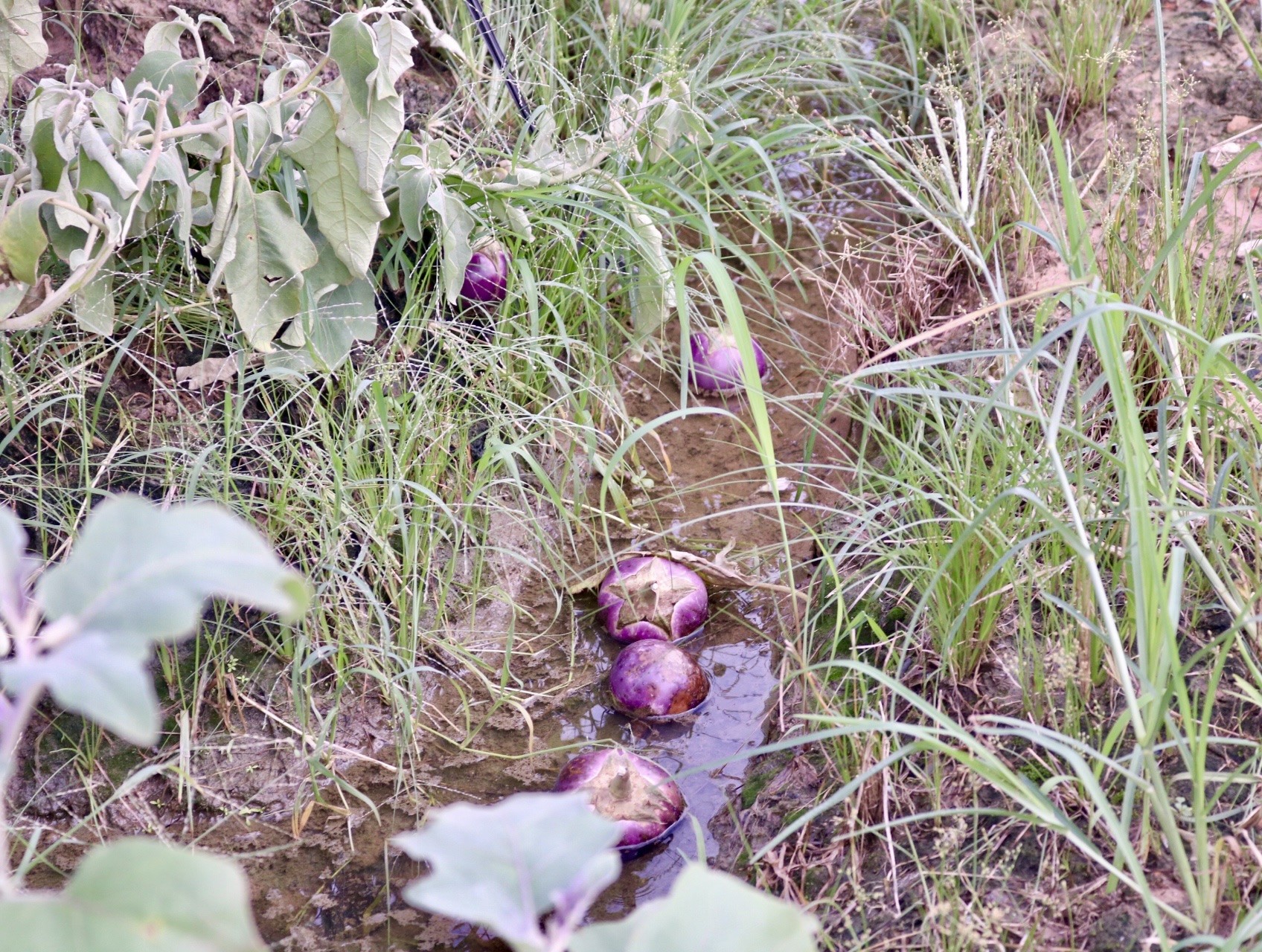
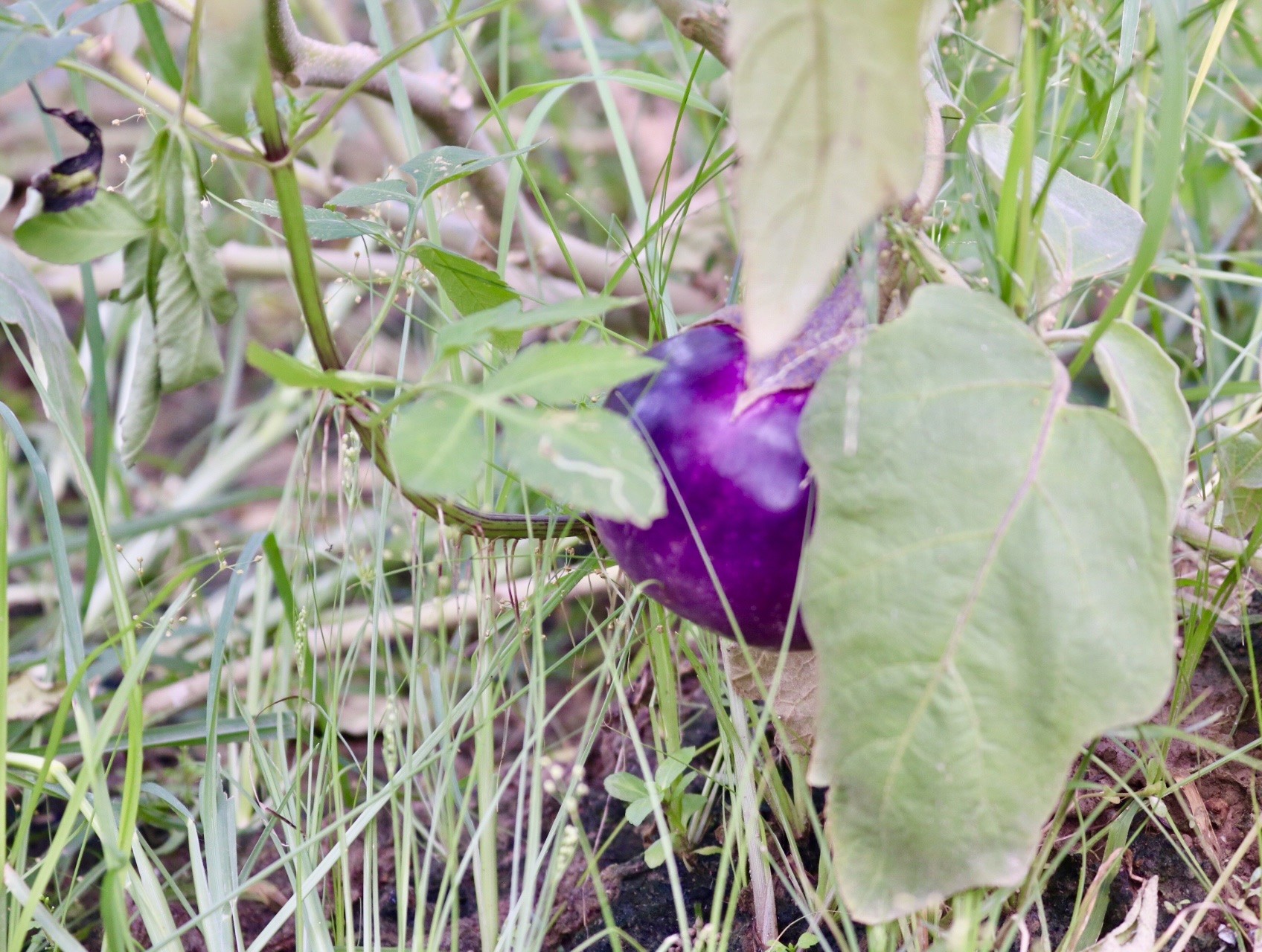
The recent storm caused significant damage to various types of crops, affecting both the quality and quantity of agricultural produce for local farmers.
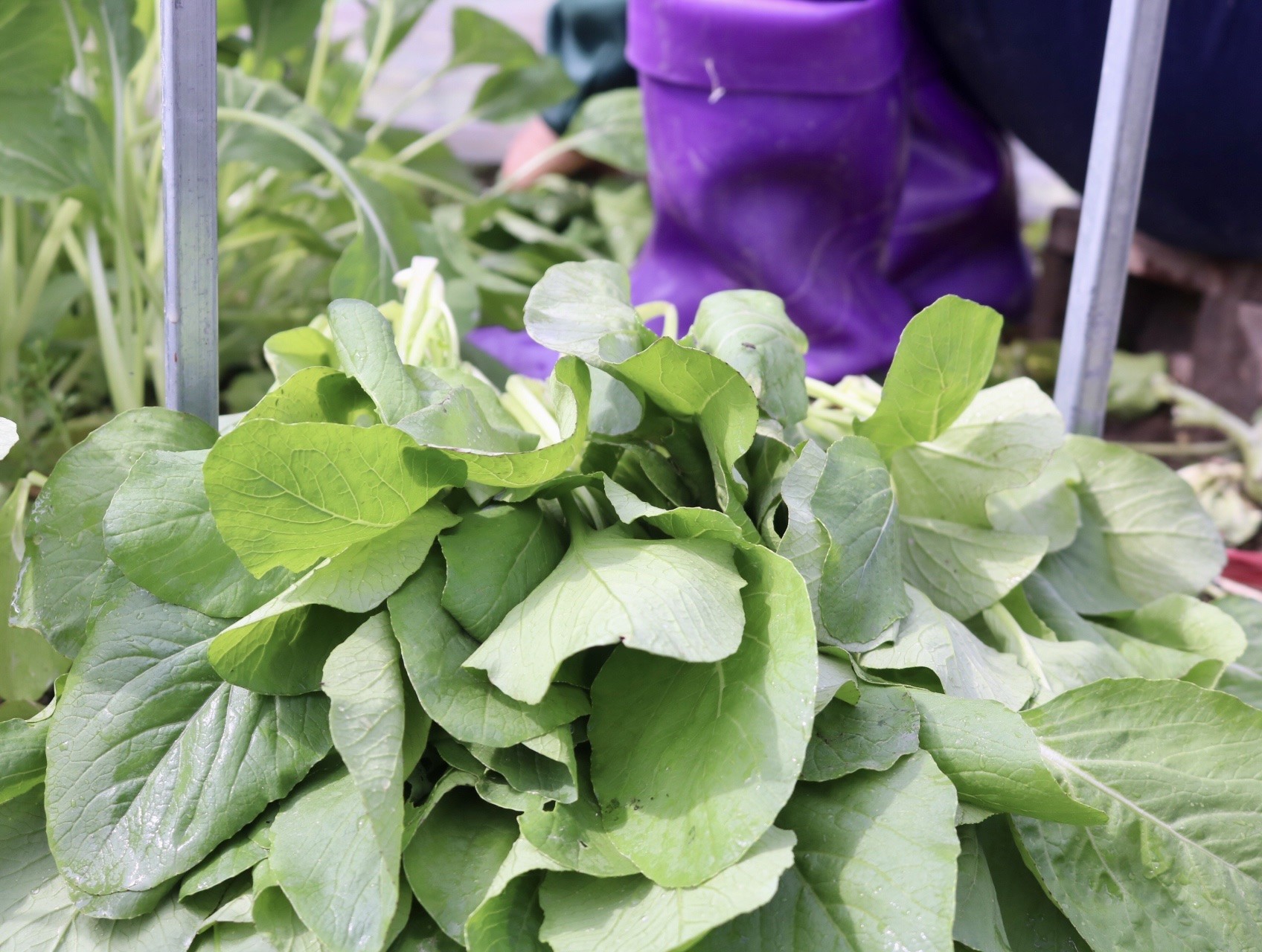
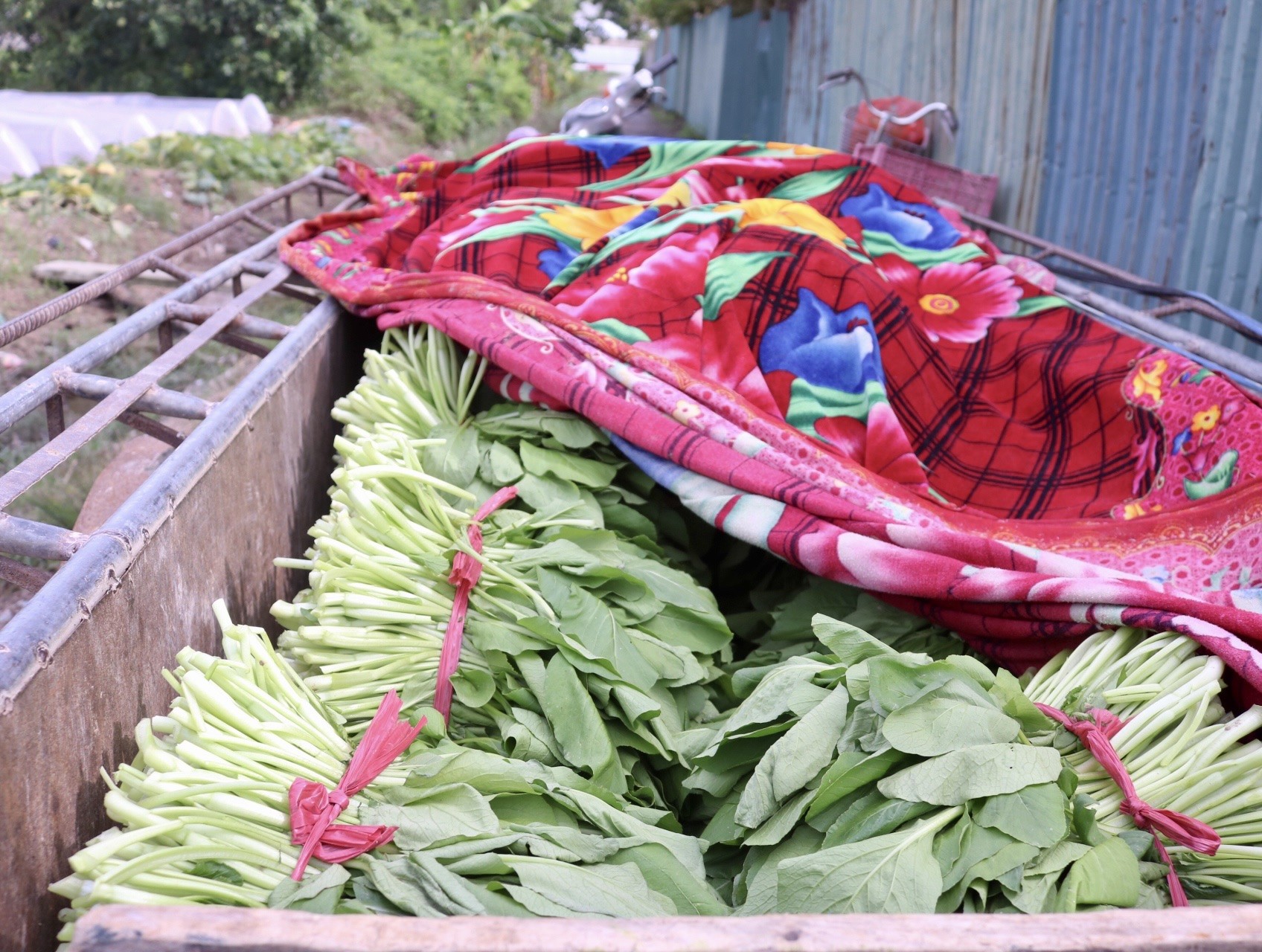
The agricultural produce from Me Linh district is not only consumed in Hanoi but is also supplied to other provinces such as Hai Duong, Hai Phong, Bac Ninh, Hung Yen, Thanh Hoa, and Nghe An.
The Capital’s New Land Pricing Criteria: Unveiling Hanoi’s Latest Regulations Effective September 16th
The Hanoi authorities have outlined specific land price determination procedures within its jurisdiction, effective from September 16th.


